Brú na Bóinne
Thursday, 24th January 2008 by Alex Turnbull
Brú na Bóinne (Palace of the Boyne) is a World Heritage Site situated in a bend of the River Boyne, County Meath, Ireland. The site contains around 40 passage graves as well as other standing stones, henges and later features. Brú na Bóinne is the location of some of the world's most historically important Neolithic passage graves, Newgrange, Dowth and Knowth.
Newgrange
The Newgrange passage grave was built between 3300 and 2900 BC, making it more than 500 years older than the Great Pyramid of Giza in Egypt. Hidden for over 4,000 years, Newgrange was only re-discovered accidentally in 1699, but it was hugely restored between 1962 and 1975 and today consists of a huge mound retained within a circle of 97 intricately carved kerbstones, topped by a high wall of white quartz and granite.
Newgrange was built in such a way that at dawn on the shortest day of the year, the winter solstice, a narrow beam of sunlight for a very short time illuminates the floor of the chamber at the end of the long passageway.
The Newgrange mound is 76m across and 12m high, and within the mound an 18m-long passage leads to a cross-shaped chamber with an arched roof. The ceiling of the chamber rises to a height of nearly 6m, and incredibly, has remained essentially intact and waterproof for over 5,000 years.
Dowth
The oldest of the three principal tombs, Dowth has been less developed as a tourist attraction than its neighbours (it was partly excavated in 1847 though it had been pillaged long before that). Quartz was found around the mound, indicating that the entrance to this tomb was surrounded by glittering white, just like Newgrange.
Dowth has two passages leading to two separate chambers, one cross-shaped, and one circular. The circular chamber is, again like Newgrange, touched by the light of the low sun around the time of the winter solstice. A convex central stone reflects the sunlight into a dark recess, lighting up the decorated stones there.
Knowth
The largest of all the passage graves at Brú na Bóinne, Knowth contains more than a third of the total number of examples of megalithic art in all Western Europe.
Made up of one large mound and 18 smaller satellite tombs, the large mound contains two independent passages running east to west, which both lead to a central burial chamber. This east-west orientation suggests that at one time there may have been an astronomical alignment with the spring and summer equinoxes, but this no longer occurs today.
Full scale excavations began on Knowth in 1962, and in contrast to the restoration efforts at Newgrange, it was decided that the fallen quartz surrounding the mound would not have been part of a front wall, but rather laid out to form a white "apron" in front of the entrance.
Other
The 780 hectares of Brú na Bóinne are absolutely loaded with other Neolithic structures - I easily found Dowth Henge, and many others - and yet the reason that so many structures were built in this specific location remains completely unknown.
More about Brú na Bóinne, Newgrange, Knowth and Dowth at Wikipedia, or visit the much more in-depth Knowth.com for some excellent inforation and some great aerial photos.
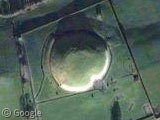
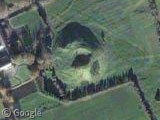
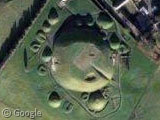
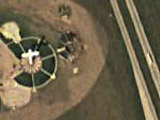
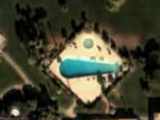
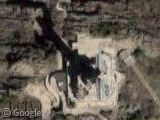
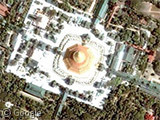
You missed another chance for a “worlds biggest/longest/oldest” here. Newgrange is the “Worlds Oldest Building”
From what i remember the passageway is very narrow and quite short and theres only a handful of tombs at the end. It could be near 20 years since i was there on a school trip so my memory may be wrong
I think a day trip is in order!
Nice post 🙂
Word of the day?
“Pillaged”
Dont get much of that round here anymore………..which is a shame.
Great really olden days post – Julian Cope will be proud.
Brú na Bóinne is a great day trip from Dublin. I have brought many visitors there. When I was a teenager I crawled in to a underground room and through a long soutettain probably built in Christian times at Knowth or Dowth. It was really claustrophobic and I doubt I could do it now even if it was open to the public.
Awesome, never heard of these before and after going on Wiki its one of those sights I really want to see, just like Death Road.
Im planning a world tour and this just made the list.
Nice find.
Thank you very much for reminding me of a wonderful visit to this place in 2001. We visited the Newgrange mound with a small group and watched from within the (simulated) winter solstice. 🙂
Greetings from Hannover
Jörg
aa i live in county meath myself, but wud still rather see it on google earth.